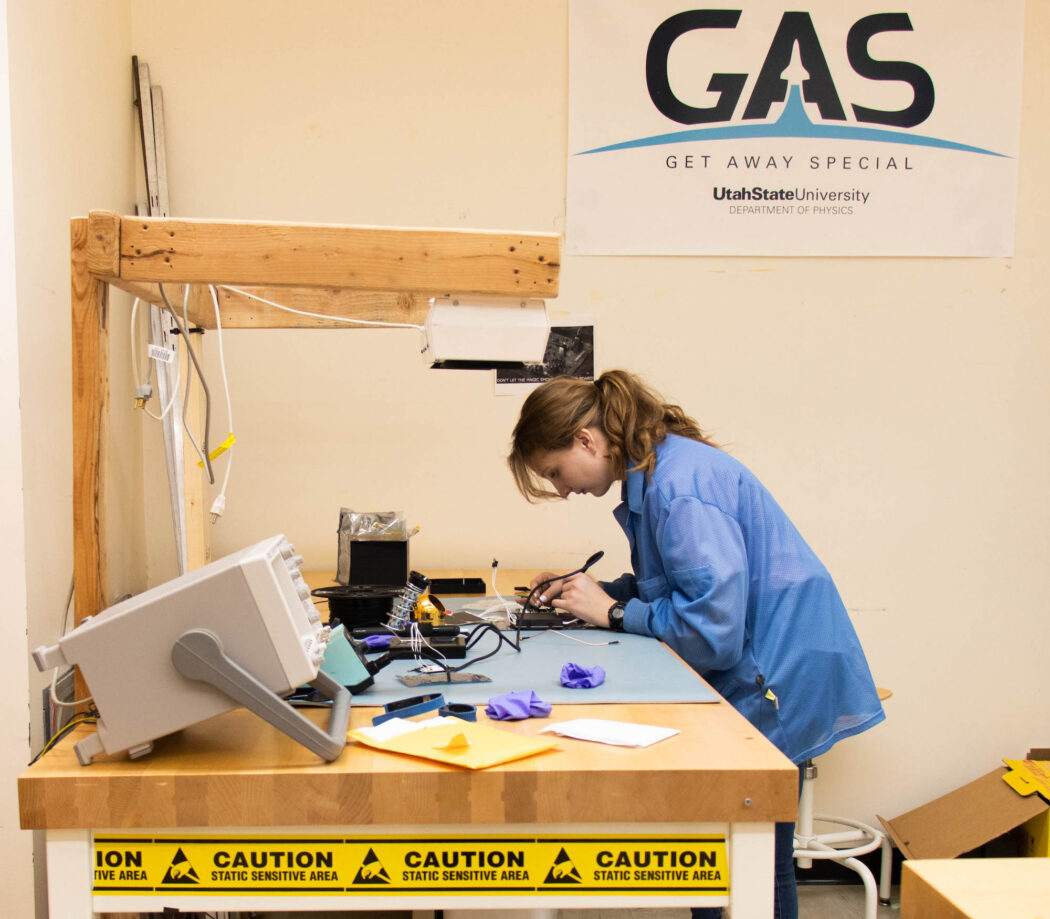Utah’s ranking for women in STEM
Men have long dominated the fields of science and math throughout history and in modern times. Now, the statistics are changing, and more women are entering science, technology, engineering and math fields.
In the United States, 27% of STEM workers are women. In Utah, only 21% are women, according to research by the Utah Women and Leadership Project, or UWLP, founded by Susan Madsen through the Jon M. Huntsman Business College at Utah State University.
However, Utah has abundant opportunities for STEM careers, as it is one of the top 10 states with job growth in science and technology. Salt Lake City ranks eighth out of the top 100 cities for tech growth.
The STEM workforce in the state of Utah is fast-growing, increasing by 20% since 2016. But while 10.5% of employed men are in a STEM field, only 3.4% of employed women are.
Madsen’s research within the UWLP shows that in the United States, the average salary for women in STEM is $30,000 less than their male counterparts.
And while men can work in STEM careers with a non-STEM bachelor’s degree, it has been proven that women nearly always have to gain a bachelor’s degree within STEM to actually work in STEM fields.
Fortunately, UWLP’s research also shows that many organizations and programs have been making efforts to advance women in STEM careers.
“And it’s not just about gender,” Madsen said. “Companies that hire people with a range of ages, races, ethnic backgrounds and disabilities will be stronger for it. One recent study in Forbes showed that diverse teams make better decisions 87% of the time. And they make those decisions faster and with half the meetings.”
According to Madsen, diverse perspectives can benefit the workplace.
“Men and women have different approaches to addressing problems, with men tending to converge on issues to zero in a solution, while women prefer to diverge and explore many possible options,” Madsen said. “Each approach is good, but a combination of approaches is better.”
Although most children have comparable abilities in science and math, many young girls lose confidence in math by the third grade, as UWLP statistics report.
Women make up 47% of all workers in the United States, but the percentage of women in STEM fields is much lower: 27%. Still, this represents a 19% national increase since 1970.
Currently, UWLP research shows that women in STEM careers tend to be focused on life and social sciences and have lower participation in engineering and computer fields.
This all boils down to the fact that women are becoming more involved in STEM careers. Women are making great strides in science and technology fields, and the statistics predict they will continue to do so.
“Bottom line, while sameness may make us feel more comfortable, it is the enemy of innovation,” Madsen said.

